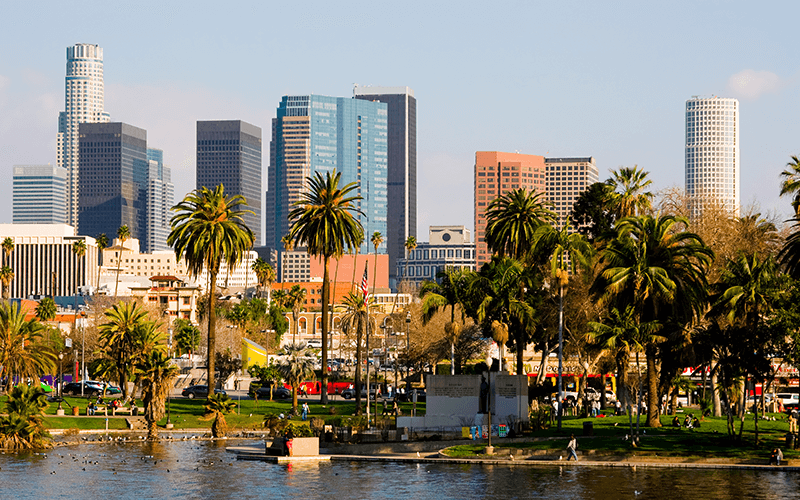[This finishes up my first round of of NIMBY/YIMBY posts (see here, here and here). I'll be addressing Joseph's asset inflation argument (more sparks will fly). I'll also be tossing in some data points which may not support my thesis since I haven't gotten around to forming one, but will raise some interesting questions about everyone else's.]
"There are now, in effect, two Americas: the America of high-tech, high-income enclaves that are unaffordable for the less affluent, and the rest of the country,"
In this case, the narrative (heavily pushed by the NYT) is of rich, white NIMBYs who hypocritically claim to be liberal while selfishly denying the rest of the state affordable housing. You couldn't make it any better if you had the villain twirling his moustache while a title card popped up saying "BOO! HISS!" (I am really starting to regret saying I was going to leave Boyle Heights out of this).
It is always dangerous when an appealing standard narrative (particularly a flawed narrative) attains unquestioned good status (Bowles-Simpson and the education reform movement were two recent examples). The coverage become increasingly unbalanced and the perceived righteousness of the cause lets journalists rationalize exaggeration and distortion, but things get really bad when you have a narrative that supports market forces that are badly misaligned with the public
Developers play an important role in NIMBYism and for the most part, that's OK because their interests generally align with ours, but there exceptions, including two of the best ways of making a killing:
1. Make a desirable majority-minority neighborhood into a white neighborhood.
2. Have the newly rich buy their way into the neighborhoods of the established rich.
The problems with the first are obvious, but normally the second is something we can safely ignore. Selling stars to Sneetches can be ugly but in the end, it comes down to annoying wealthy people arguing over tiny stretches of land which generally are not good at all from a city planning standpoint.
There is often an inverse relationship between what rich people look for in a residential neighborhood and what makes an area suitable for smart growth. The elite put a high value on mountain views, ocean breezes, trendy/touristy zip codes, and mainly a degree of isolation from the common folk. In terms of building population hubs, the first three are deeply problematic and the fourth is out and out terrible. It is no coincidence that SF, SM/Venice (adjacent and both so tiny it makes sense to combine them) and La Cañada Flintridge have natural barriers on at least two sides. (Also see Malibu.) This was a feature, not a bug.
While SF represents less than 1% of the land in the Bay Area, the plurality and probably the majority of the coverage centers on this postage stamp. (Santa Monica is a flyspeck. Venice is the flyspeck's baby brother.) Even if they weren't so terribly situated, no development policy changes in these "high-tech, high-income enclaves" is likely to have a detectable effect on housing in California.
Developers, being mostly rational actors will start where the payoff is greatest, then work their way down. That queue moves slowly and may stop dead in the next economic downturn. Any sane conversation about densification in the Bay Area would start with San Jose, not San Francisco. In LA, developing around the Blue Line (and for that matter, pretty much all of Central LA) makes more sense than Santa Monica.
But the main danger of the SF/SM centric YIMBYs is not that they make horrible recommendations (which they do); it's that they've used the trivial to distract us from the vital. In terms of press attention, lobbying and legislative action, the places we need to focus on receive no support nor does the discussion we need to be having about smart growth. If anything, the fixation on these out-of-the-way tourist traps encourages legislators to water down the standards so that the stupidest growth imaginable qualifies as "smart."











